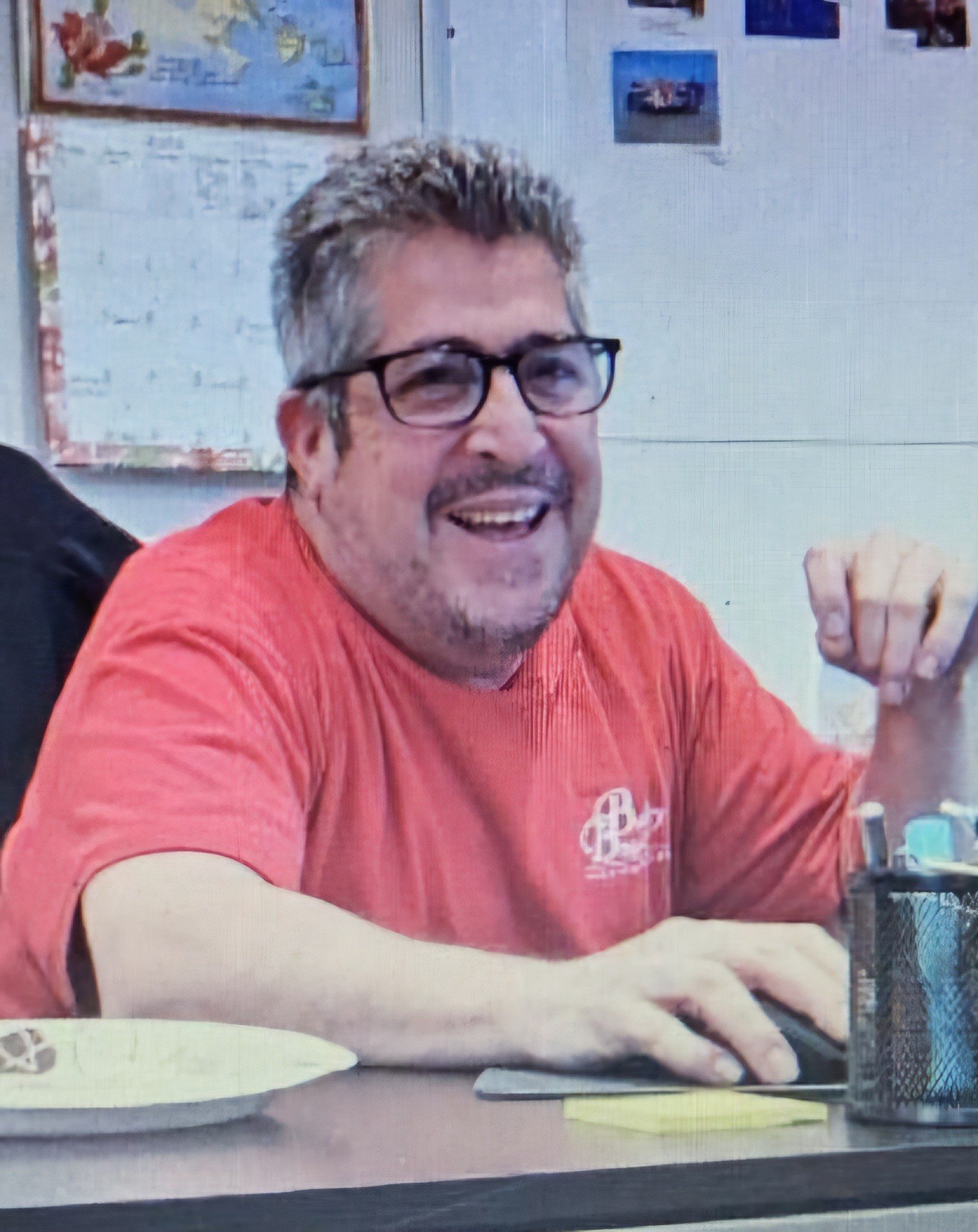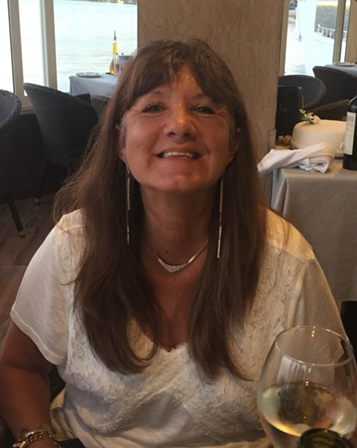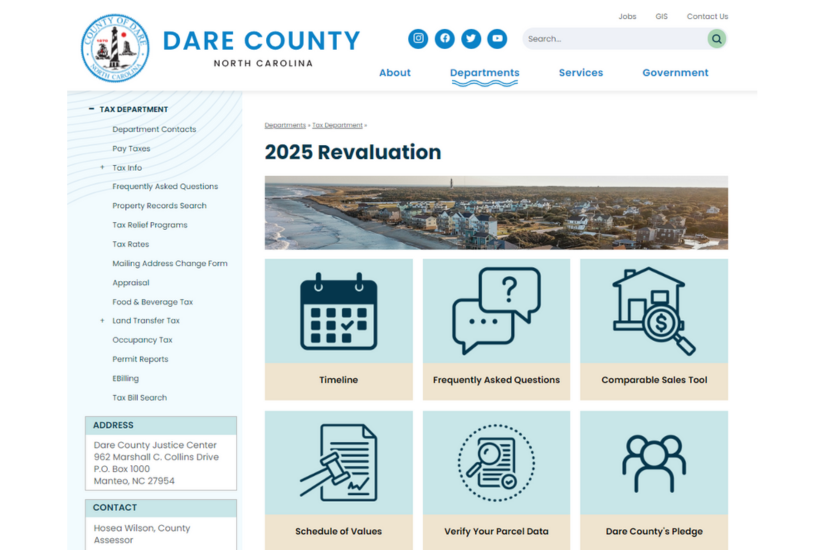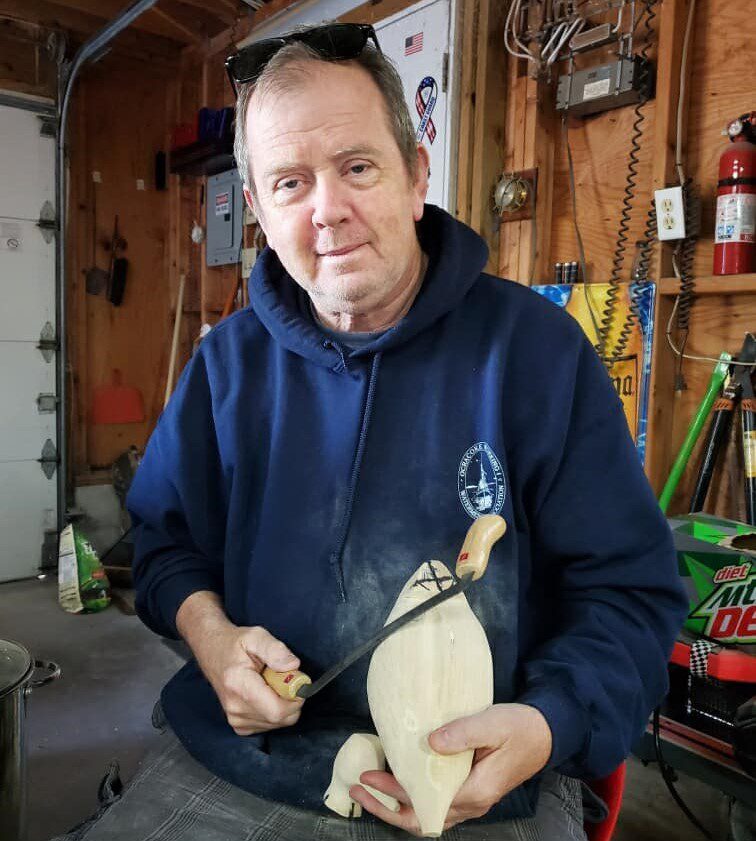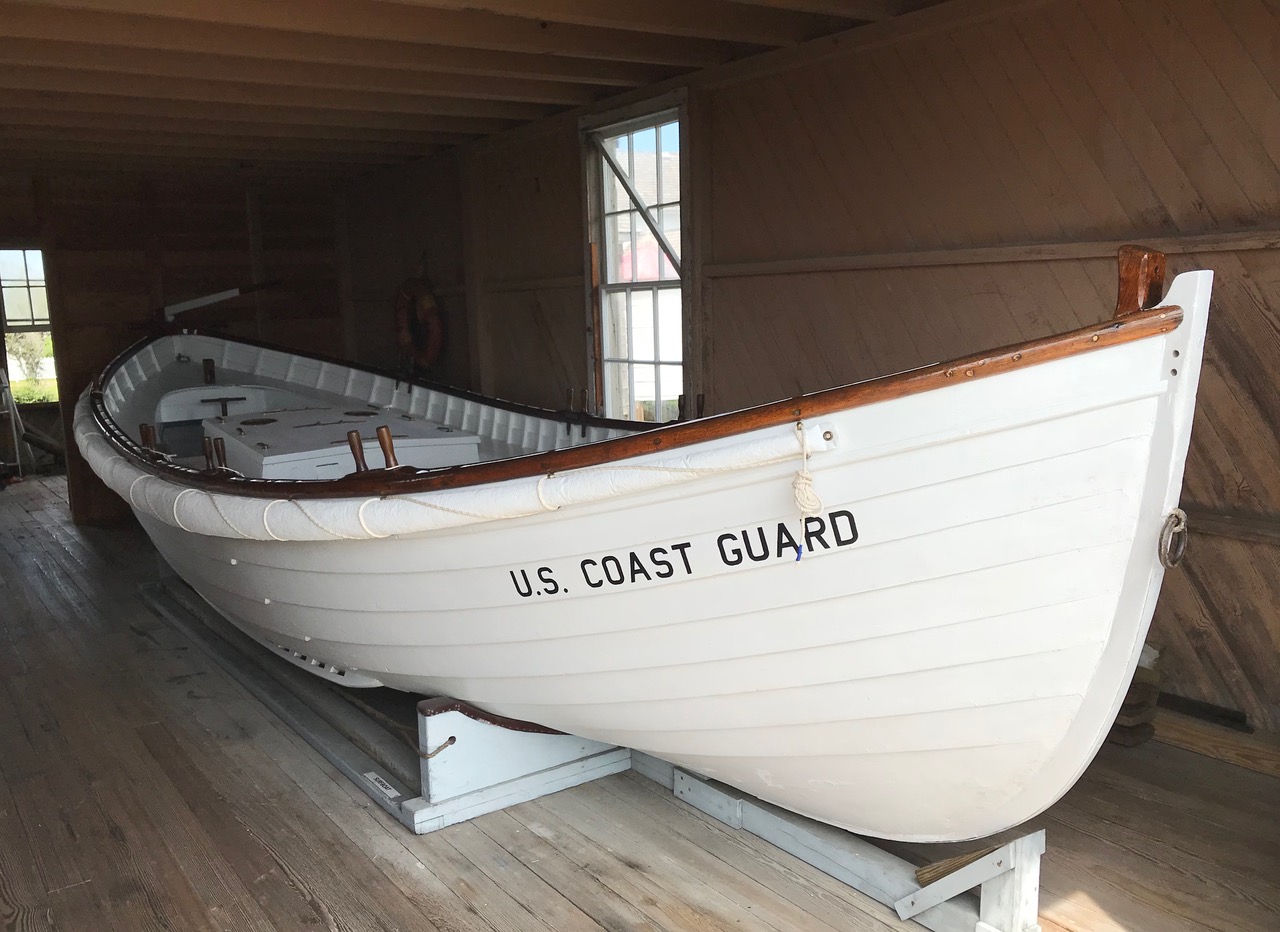Saving the soul of Ocracoke
It’s a preservation victory when heritage and water quality both stand to benefit from a real estate deal.
Last week, the nonprofit Ocracoke Foundation closed on the half-acre Ocracoke Community Square and its docks, shops, and views of postcard-pretty Silver Lake harbor. The acquisition is a vital step toward protection of the vibrant heart of the village.
But the $4.4 million Community Square Revitalization Project, funded by The Conservation Fund’s Land Conservation Loan Program and foundation partners, goes far beyond saving historic buildings and the traditional centerpiece of the old fishing village. It also includes the purchase of property that will allow construction of public bathrooms and desperately-needed wastewater and stormwater treatment, resulting in improved water quality in Silver Lake.
“If you’re looking to be sustainable, this is a great model project,” said Robin Payne, the foundation’s executive director. “This isn’t just a quick flash project that will be over in five years. It’s something that can be depended on.”
Payne said that community input will be sought in planning the future of the square, a frequent gathering spot for artisans, musicians, and craftspeople during island events like the recent Blackbeard Pirates Jamboree. She added that the foundation’s goal is to restore the buildings and to maintain the historic Community Store as a market.
After many years of patiently waiting for the right buyer, the longtime owner of the Square, a founder of the Ocracoke Preservation Society, breathed a sigh of relief.
“I’m happy to have it in good hands,” said David Senseney, who had bought the Community Store in 1980, and the rest of the square four years later. “Over time, the community will see the value . . . I’m real, real, real happy that it’s going to public ownership.”
Nine locally-owned businesses at the square will be retained, as well as dockage for local marine businesses. The lease fees will be used as a dedicated revenue stream to fund other needs within the village. With the docks being one of the few places on the island that provide views of and access to Silver Lake, the project will ensure through protective easements that the harbor remains accessible to visitors, residents, and local watermen.
Located on Silver Lake in the bustling hub of the tourism-fed commerce in the village, the Community Square was long known by islanders as the Community Store and docks. It includes two docks with 15 boat slips, five historic buildings, and a large parking lot in the middle.
Rain or tide water in the square, along with its inevitable pollutants, drains directly into Silver Lake. An antiquated septic system — four walls with a sand bottom – sits under the parking lot to serve businesses in the square. The closest public bathrooms are at the edge of village at the National Park Service docks.
By acquiring another tract — the Dixon-Williams property — across the street, the foundation will have land to build a drainfield for wastewater treatment. At the square, stormwater will be directed to rain gardens or filter through permeable surfaces that will replace current hard surfaces.
The water quality component of the project would be one of the first actions in the community’s recent work with Hyde County and North Carolina State University to take a holistic look at restoration of water quality island-wide.
“The foundation and the county are really trying to see that they take a proactive approach to keep the water safe for the villagers and the people,” said Erin Fleckenstein, a coastal scientist with the N.C. Coastal Federation, which has been assisting the foundation on stormwater improvements.
The goal of the project is to also include a permanent boat pump-out and a water-monitoring program.
Joe Anlauf, owner of Anlauf Engineering in Kitty Hawk, said that the outmoded septic tank in the square, grandfathered under current state environmental regulations, has long been inadequate for modern Ocracoke. Whatever waste enters the tank is subject to minimal level of treatment, making it possible for human pathogens to leach through the tank’s sand bottom into the harbor.
“Everything that’s around Silver Lake flows to Silver Lake,” Anlauf said.
Wastewater treatment in the village, where nearly every speck of land is developed, he said, is challenging because of the difficulty of finding enough space to put a drain field. That’s why the acquisition of the Dixon-Williams property was so important.
I n the plan that Anlauf has designed, the wastewater from the square will be collected and directed to a small station and pumped across the street to an advanced wastewater treatment system that uses “enhanced biological removal.”
“It’s treating to a higher level,” he said. “The things that pollute our groundwater . . . that treatment removes that.”
Th e number of bathrooms is unavoidably limited by the capacity of the drainfield. “Adding public restrooms is a huge plus,” he said. “But it generates an enormous amount of waste.”
T he Community Square also predates stormwater management regulations, said Andy Deel, owner of Deel Engineering in Kill Devil Hills.
“It was more important to drain the site than treat the site,” he said.
In retrofitting a design that will allow water to drain without being dumped directly into the harbor, Deel said that a combination of rain gardens, capturing the water and redirecting it, and replacing asphalt and cement with permeable surfaces, like brick pavers, will address much of the problem, he said.
The goal, said Deel, is to mimic the natural water cycle, while working around the existing infrastructure and environment.
“That area is really developed,” he said. “Trying to retrofit is challenging. You can’t lose sight of just how historic the village is there. It’s literally hundreds of years old.”
In addition to its land being utilized for wastewater treatment, the 16,800-square foot Dixon-Williams property will enable the villagers to create “value-added” consumer products made with traditional village assets such as fresh fish and figs. For instance, island recipes for crab chowder and fig preserves and Ocracoke fig cake could be prepared in the kitchen, and packaged for sale.
The project has allocated $47,085 for planning, $2,200,000 for acquisition and $2,145,000 for improvements.
Senseney, a biology teacher at Ocracoke School for 22 years, has been working since 2008 with the foundation on the sale. For years, he had been holding out for a buyer who would agree to preservation easements. One “substantial” offer he turned down had proposed to turn the site into an exclusive yacht club.
The $1.565 million he accepted from the foundation is less than he had hoped for to fund his retirement, but knowing that the village’s minimal zoning made the site vulnerable to development, Senseney, who today lives near Asheville, said the wait was worth it.
“I’m hoping it will also be a good example of preserving the old style of Ocracoke,” he said. “I’m very relieved.”
History of the Community Store
(This story is provided courtesy of Coastal Review Online, the coastal news and features service of the N.C. Coastal Federation. You can read other stories about the North Carolina coast at www.nccoast.org.)





